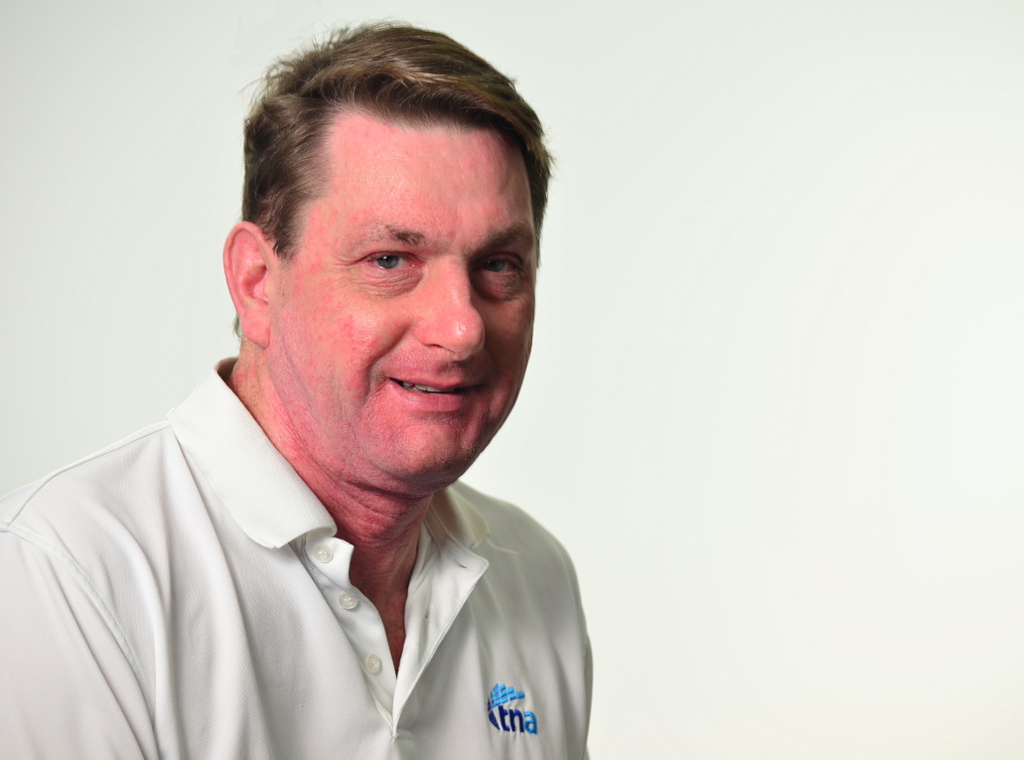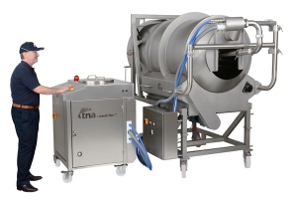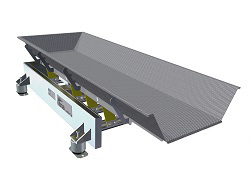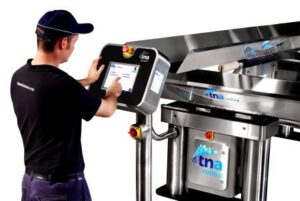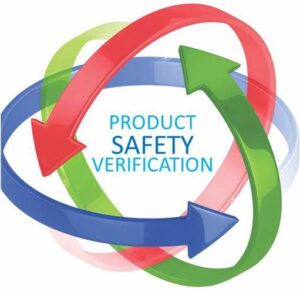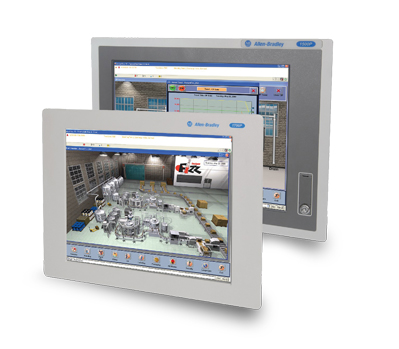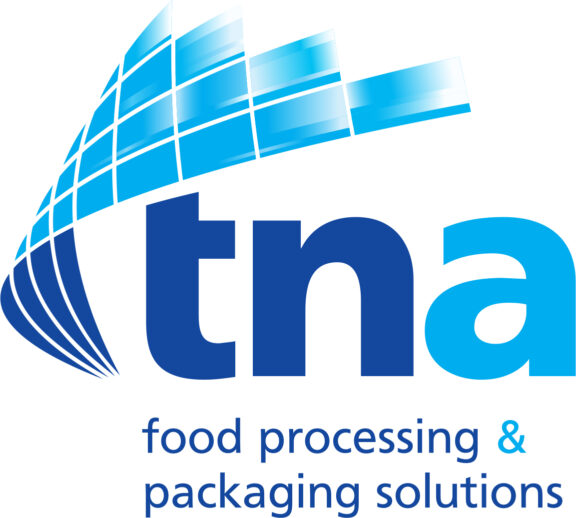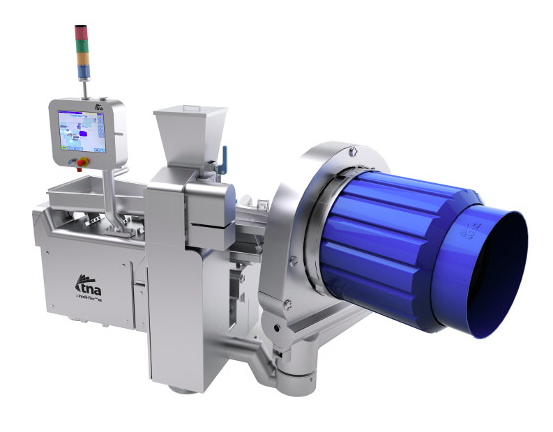How to maximise profits throughout the manufacturing process
flexibility | 3 mins read
February 4, 2014
 Although many people are starting to speak about a global financial recovery (albeit in hushed tones), we’re still, I believe, in the midst of a unique period for the world economy. It remains a time for survival of the fittest where one person’s challenge becomes another person’s opportunity. Today, high volume food producers are continually squeezed – costs are still rising while selling prices are dropping or at best staying the same.
Although many people are starting to speak about a global financial recovery (albeit in hushed tones), we’re still, I believe, in the midst of a unique period for the world economy. It remains a time for survival of the fittest where one person’s challenge becomes another person’s opportunity. Today, high volume food producers are continually squeezed – costs are still rising while selling prices are dropping or at best staying the same.
So how can manufacturers remain successful and profitable in today’s financial climate? To keep things simple, let’s assume that product quantities, volumes and any direct costs are all fixed. In this case, the only way to make more money is by achieving higher outputs for less cost. How can this be done? Here are my top tips for helping to maximise net profit in the packaging world.
Improving efficiency through overall equipment effectiveness (OEE):
Reduce rejects:
There is no value in producing rejects – plants should always run equipment at less than 1% rejects and make every effort to drive it down further. Rejects cost of $10-30K per machine, per shift, per year. Look for systems that produce low rejects and, if possible that can adapt to the conditions automatically. If you want reliability, look for simplicity. Just like equipment efficiency, the more elements you add to a machine, the greater the effort to keep them all up and running reliably and efficiently.
System integration – adjust and maintain all products through one machine:
Savings in waste and time can be significant when product changes are centralised. It is easy to forget to change best before coder settings, for example, and run off a batch of bags with the wrong code. Well-designed systems also force the machinery to be consistent in configuration and assembly – the results are optimised and predictable.
Select options that make it easier to keep your machines running:
Dual film spindles options which hold the packaging film are a good example of this. In this case, one reel of film is already loaded and can be re-joined as soon as the film runs out. It is also important to limit machine stoppages. Although these can be quite short, the response time of the people needed to address the stoppage is usually much longer. Automatic film splicing is an effective way to ensure the machine continues to run efficiently. You can get back between 5 – 10% runtime.
Invest in equipment with lower running costs and that can be upgraded:
Software updates can be an easy and cost effective way to improve the machine’s performance or add new, valuable features. Make sure you have this option on equipment you purchase and look for longevity or upgrade paths in the control platforms.
When looking at profit margins, all too often there is a great deal of focus on capital cost or pure speed. What we really need to do is to take a step back and look at systems in context. Manufacturers must clearly appreciate what is currently happening, what they would like to happen and what boundary conditions they should apply now and in the future. It is only then, we will be able to make the right decisions on what and how many systems should be purchased.
Sometimes you need to spend money to make money and sometimes you don’t. Contact tna now to find out how we can help you maximise your manufacturing profits.













